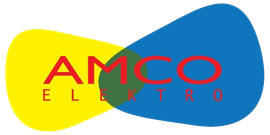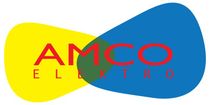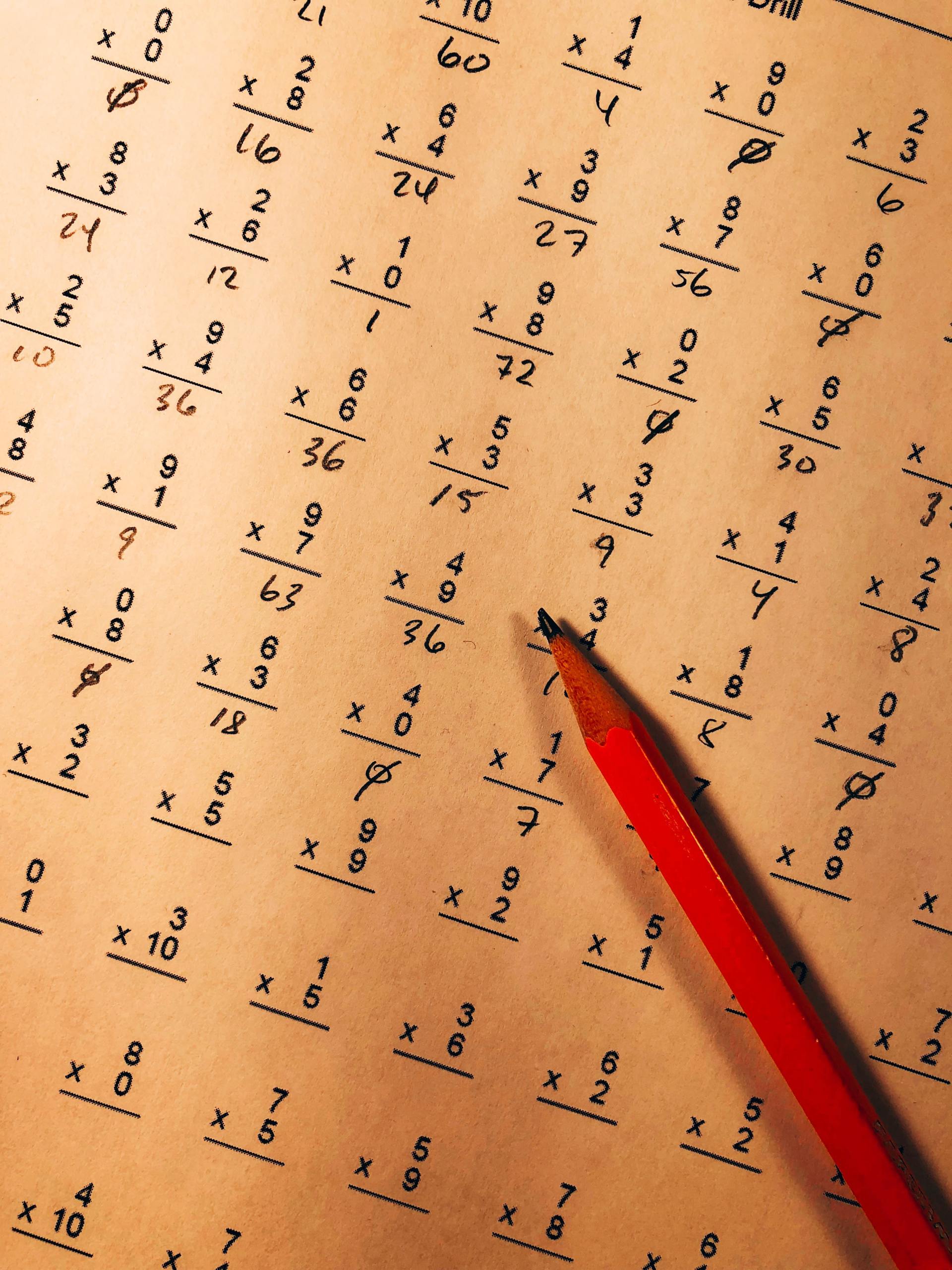AMCO Elektro een teken/- en ontwerpbureau met een goede naam in de elektrotechniek.
Teken - en ontwerpbureau met een goede naam in de elektrotechniek.
Wij zijn gespecialiseerd in het deskundig uitvoeren van uw teken, calculatie, werkvoorbereiding en project begeleiding werkzaamheden tegen een uitstekende prijs kwaliteit verhouding.
- ServiceBeschrijf het item of beantwoord de vraag zodat geïnteresseerde websitebezoekers meer informatie krijgen. U kunt de nadruk leggen op deze tekst met behulp van opsommingstekens, gecursiveerde of vetgedrukte letters en links.
- FlexibiliteitBeschrijf het item of beantwoord de vraag zodat geïnteresseerde websitebezoekers meer informatie krijgen. U kunt de nadruk leggen op deze tekst met behulp van opsommingstekens, gecursiveerde of vetgedrukte letters en links.
- KwaliteitBeschrijf het item of beantwoord de vraag zodat geïnteresseerde websitebezoekers meer informatie krijgen. U kunt de nadruk leggen op deze tekst met behulp van opsommingstekens, gecursiveerde of vetgedrukte letters en links.
- ContinuïteitBeschrijf het item of beantwoord de vraag zodat geïnteresseerde websitebezoekers meer informatie krijgen. U kunt de nadruk leggen op deze tekst met behulp van opsommingstekens, gecursiveerde of vetgedrukte letters en links.
-
Tekenbureau
Knop -
Calculaties
Knop -
Recente projecten
Meer projectenElk project heeft zijn eigen uitdagingen. Geef aan wat u wilt en het komt voor de bakker!
-
Werkvoorbereiding en projectleiding
Knop
Meer bekijken
Amco Elektro op LinkedIn
Bekijk het profiel van Amco Elektro op LinkedIn.


Wilt u weten wat wij voor u kunnen betekenen !
Contact Us
Thank you for contacting us.
We will get back to you as soon as possible
We will get back to you as soon as possible
Oops, there was an error sending your message.
Please try again later
Please try again later





